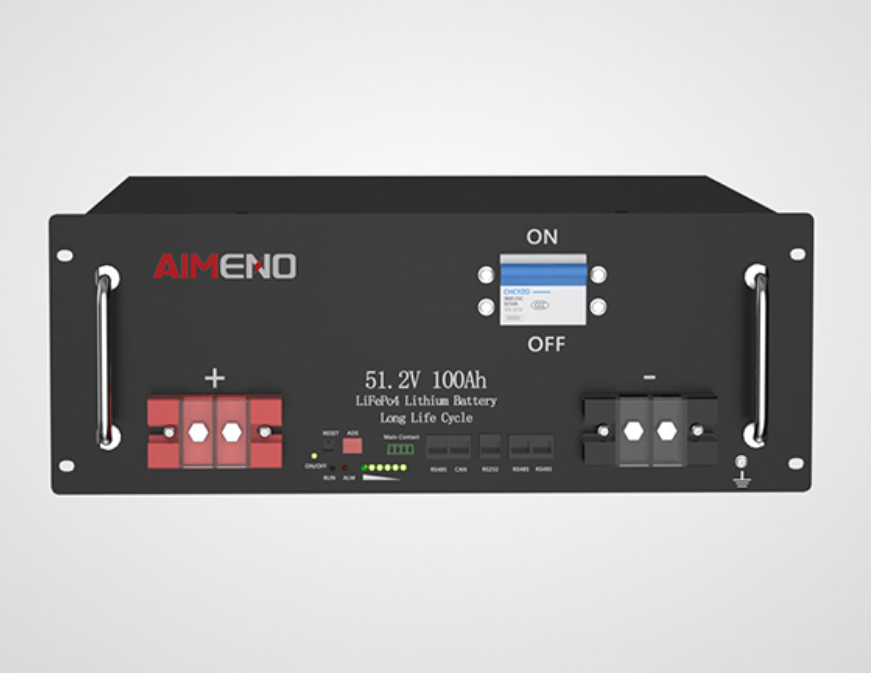A solar battery, also known as a home energy storage system, can power a
house for varying lengths of time depending on several factors such as the
capacity of the battery, the power usage of the household, and the amount of
sunlight available for solar panels to generate power.

The capacity of a solar battery is measured in kilowatt-hours (kWh). The
average American household uses about 30 kWh of energy per day, so a solar
battery with a capacity of 10 kWh can power a typical household for
approximately 6-8 hours.
However, this is just an estimate and the actual duration of power may vary
depending on the specific usage patterns of the household. For example, if a
household has more energy-efficient appliances and practices energy
conservation, they may be able to use the same solar battery for longer periods
of time. Additionally, if the solar panels are producing more energy than what
is being used, then it can charge the battery to get it ready for the next
usage.
It's also important to note that the ability for the solar battery to power a
house during an outage will also depend on the power requirements for the
household, and any critical loads or essential equipment that need to be
maintained during a power outage.
It's also worth mentioning the the power consumption during night time or
cloudy days the Solar battery that have been charged during the day can be used
to provide energy, which can help extend the duration of power available from
the battery. However, during an extended period of overcast weather, or
long-term power outages, it may be necessary to supplement the solar battery
with a backup generator or grid power.
A solar battery can power a house for varying lengths of time depending on
several factors such as the capacity of the battery, the power usage of the
household, and the amount of sunlight available for solar panels to generate
power.
Frequently Asked Questions
How long can a solar battery power a house?
A solar battery can power a house for varying lengths of time depending on
several factors such as the capacity of the battery, the power usage of the
household, and the amount of sunlight available for solar panels to generate
power. The capacity of a solar battery is measured in kilowatt-hours (kWh), and
the average American household uses about 30 kWh of energy per day. Therefore, a
solar battery with a capacity of 10 kWh can power a typical household for
approximately 6-8 hours.
Will a solar battery work during a power outage?
A solar battery can work during a power outage, but the duration of power
available from the battery will depend on the power requirements for the
household, and any critical loads or essential equipment that need to be
maintained during a power outage. Additionally, during an extended period of
overcast weather, or long-term power outages, it may be necessary to supplement
the solar battery with a backup generator or grid power.
Can a solar battery charge itself?
A solar battery can charge itself as long as it is connected to solar panels
that are producing energy. Solar panels convert sunlight into electricity, which
can then be used to charge the battery. During times when the solar panels are
producing more energy than what is being used, the surplus energy can be stored
in the battery for later use.
Can a solar battery be used in any type of weather?
A solar battery can be used in any type of weather, but its effectiveness may
vary depending on the amount of sunlight available. During sunny weather, the
solar panels will be able to generate more electricity to charge the battery,
whereas during overcast or cloudy weather, the panels may not produce as much
energy. However, the solar battery that have been charged during the day can be
used to provide energy, which can help extend the duration of power available
from the battery.
How much does a solar battery cost?
The cost of a solar battery can vary depending on factors such as the
capacity of the battery, the brand, and the location. On average, the cost of a
solar battery can range from $5,000 to $10,000, but the cost can be even higher
for larger or more advanced systems. Additionally, installation and maintenance
costs may also need to be taken into consideration.
